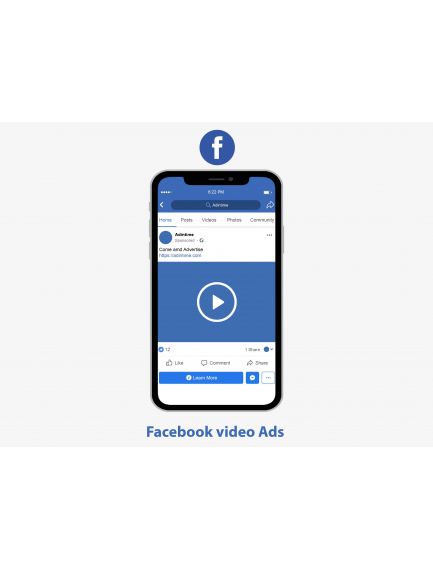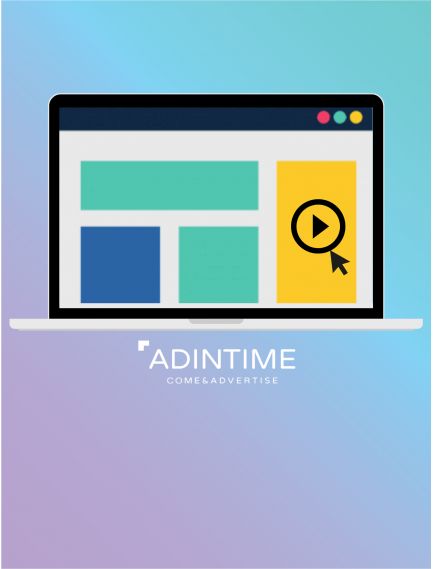Aucun dispositif sélectionné
Choisissez un dispositif sur la carte pour voir ses détails et l'ajouter à votre sélection.
Légende :
Long-term
Temporary
Selected

Most read articles
Related products
Out of home
Answer within 48h
BSMART
From
excl. tax
Answer within 48h
BFM TV National
Answer within 48h
Radio Advertising
From
excl. tax
Answer within 48h
Facebook
Answer within 48h
Display
From
€5,000
excl. tax
Answer within 48h



 Top 30 best ads musics
Top 30 best ads musics
 The influence of advertising on purchasing behavior
The influence of advertising on purchasing behavior
 Top of the most listened podcasts in France
Top of the most listened podcasts in France
 Top 30 best ads 2021 in France
Top 30 best ads 2021 in France
 This Year Marketing Calendar
This Year Marketing Calendar
 OOH Advertising: My honest review
OOH Advertising: My honest review
 Facebook Ads Library: The ultimate guide to winning campaigns
Facebook Ads Library: The ultimate guide to winning campaigns
 How to prepare your advertising campaigns for Christmas?
How to prepare your advertising campaigns for Christmas?
 The top 20 ad films of the year
The top 20 ad films of the year
 Example of a unique selling proposition
Example of a unique selling proposition











